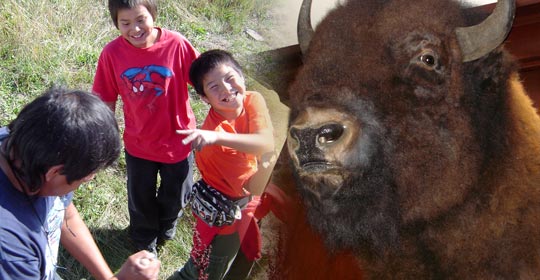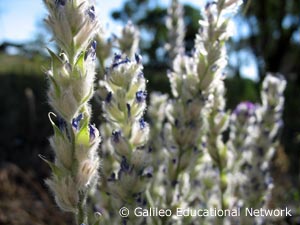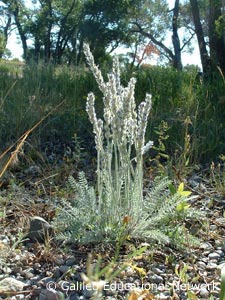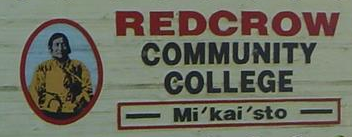Awanáán – Oxytropis sp. (Rattle sound)

Locoweed is believed to make the cows and horses go crazy. We can see that Japheth and Bryton are both acting “loco” or crazy.
Awanáán
Awanaan otsitsipisatssaisskihpi aisikottskoinattsi tsahtao aistamiita’pottsoinattsi. Mo Iisamssootamstaa ki Niipomahkatoyiiksistsikaato’si iitowapistsiskitsi ki iitaisaisski otsitotoyihkohpi ki otsitotsikahkohpi.
Awanaan matsitapssoka’piiwatsitsi ponokaomitaiksi ki apotsskinaiksi akohkotohtsipotsima;siiyaw.
Iimakanistsiis amo ni’nsimaan akohkotohtsipotsima’so’p iitstsi soka’piistsi niitotaohkotsisitapiiyo’p ki iikitapssoka;piiw akitaisstsoohksistonio’p
Locoweed

Oxytropis sp.
Galileo Educational Network
*WARNING: All parts of the Locoweed plant can be poisonous if taken in large quantities. Several species of locoweed concentrate the chemical selenium and are known to be poisonous.
The flowers of the Locoweed can be purple or a deep blue, and grow on a soft hairy spike made up of 8-12 flowers. The spike of flowers can be 2.5-4 cm long. The plant blooms in June and July, and it likes to grow in areas of the grassland where it can get lots of moisture. Locoweed has very hairy, grey-green leaves that are 7-10 cm long.
Locoweed is poisonous to horses and cows. They get addicted to it and it makes their brain not function properly, so they act crazy or go “loco”.
Although this plant is poisonous, there are some safe uses for it, but you must be careful and have an elder show you what to do! The stems can be boiled and put on swellings or sores on your body to take the pain away. The leaves can be chewed and then the liquid swallowed for a sore throat.
Oxytrope voyant

Oxytropis sp.
Galileo Educational Network
*AVERTISSEMENT : Toutes les parties de l’oxytrope voyant peuvent être toxiques si elles sont prises en grandes quantités. Plusieurs espèces d’oxytrope ont une forte concentration en sélénium, ce qui est toxique.
Les fleurs de l’oxytrope peuvent être de couleur pourpre ou d’un bleu foncé. Elles poussent sur une tige douce et velue qui contient de 8 à 12 fleurs. Les épis de ces fleurs peuvent mesurer de 2,5 à 4 centimètres. Cette plante fleurit en juin et en juillet. Elle pousse dans les régions très humides des prairies. Ses feuilles d’un vert-gris sont poilues et mesurent de 7 à 10 centimètres de long.
L’oxytrope voyant est toxique pour les chevaux et les vaches. Cette plante crée une dépendance qui empêche leur cerveau de bien fonctionner. Ces animaux virent donc fous.
Même si cette plante est toxique, elle peut être employée sans danger de certaines manières. Il faut toutefois faire attention et demander à un aîné de nous aider! Les tiges de cette plante peuvent être bouillies, puis placées sur les enflures ou les parties endolories du corps afin de soulager la douleur. Nous pouvons aussi mâcher ses feuilles et avaler le liquide pour soulager les maux de gorge.

Oxytropis sp.
Galileo Educational Network
- Johnston, Alex. (1987). Plants and the Blackfoot. Lethbridge, Alberta: Lethbridge Historical Society.
- Kerik, Joan. (1979). Living With The Land: Use of Plants by the Native People Of Alberta. Edmonton, Alberta: Provincial Museum of Alberta.
- Vance, F.R., Jowsley, J.R. & Mclean, J.S. (1984). Wildflowers Across The Prairies. Saskatoon, Saskatchewan: Western Producer Prairie Books.





